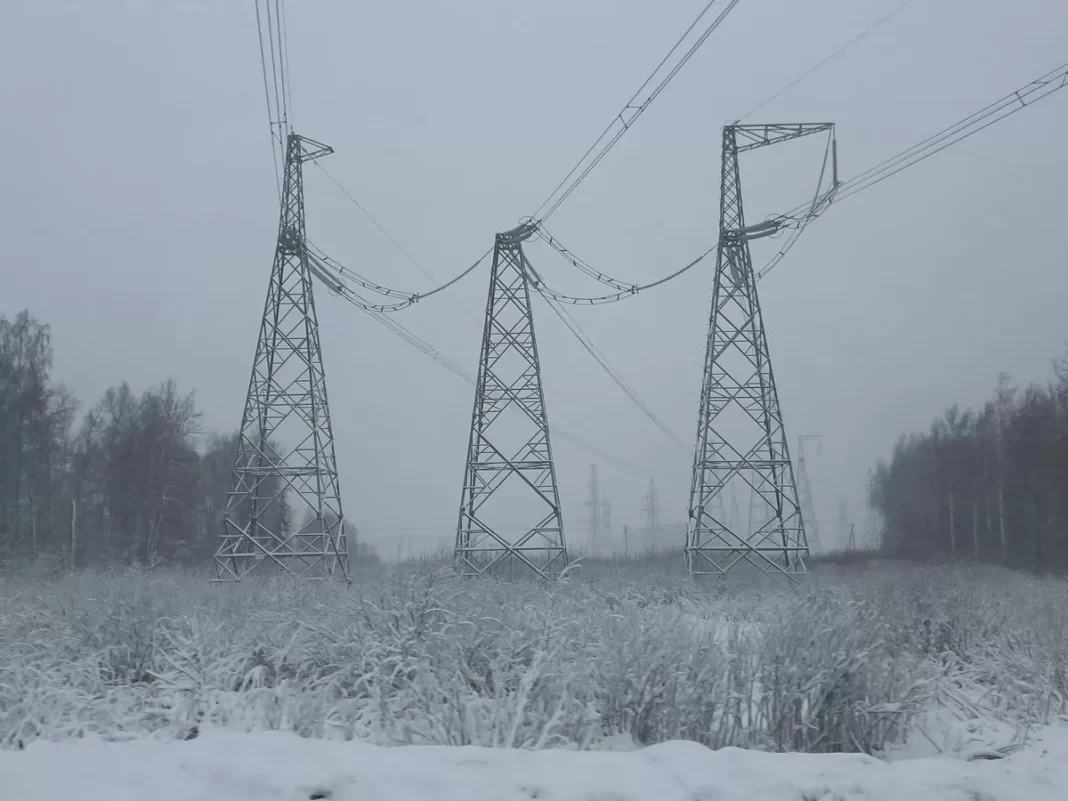Artificial intelligence, also known as AI, has been making significant strides in various industries in recent years. From healthcare to finance, AI has been revolutionizing the way we approach tasks and solve problems. One area where AI has shown considerable promise is in the energy sector, specifically in the management of electric grids and power plants. With the use of prompts, AI can now effectively handle and analyze large amounts of data related to the electrical grid and power plant equipment.
So, what exactly are prompts and how do they work? Prompts are a way to provide specific instructions or guidelines to AI systems. These instructions can be in the form of a set of rules or data that the AI can use to make decisions and carry out tasks. With the use of prompts, AI can navigate through complex systems and perform tasks that would have been difficult for humans to accomplish on their own.
In the case of managing an electrical grid, AI can be given prompts that contain information about the grid’s layout, power flow, and the equipment being used. This data can be used to monitor the grid’s performance and detect any potential issues or abnormalities. By constantly analyzing the data, AI can identify patterns and make predictions about potential failures, allowing for preventive maintenance before any major problems occur.
One of the major advantages of using prompts in AI is the speed and accuracy with which it can process information. With the vast amount of data generated by an electrical grid and power plant, it can be challenging for humans to analyze it all in a timely and accurate manner. AI, on the other hand, can analyze large amounts of data in a matter of seconds and provide insights and solutions that would have otherwise taken hours or days for humans to come up with.
Apart from managing the electrical grid, AI can also be used to optimize the performance of individual equipment in power plants. By using prompts specific to each piece of equipment, AI can constantly monitor its performance and detect any anomalies. It can also make adjustments to optimize efficiency and reduce energy waste, ultimately saving costs for the power plant.
Furthermore, AI can play a crucial role in ensuring the safety and reliability of electrical grids. With the use of prompts, AI can continuously monitor the grid for any potential hazards or risks, such as power outages or overloads. It can then take appropriate measures to mitigate these risks, such as rerouting power or shutting down certain sections of the grid. By doing so, AI can prevent major power outages and ensure a stable and reliable supply of electricity for consumers.
Another aspect where AI can be beneficial is in predicting the demand for electricity. With the use of prompts, AI can analyze past data, such as weather patterns and energy consumption trends, to accurately predict future demand. This information can help power plants and grid operators make more informed decisions about how much power to generate and distribute, ultimately leading to more efficient use of resources.
It is worth noting that AI is not meant to replace human workers in the energy sector but rather work alongside them. By using prompts, AI can handle repetitive and time-consuming tasks, allowing humans to focus on more critical and creative aspects of their job. This collaboration between humans and AI can lead to better outcomes and more efficient operations.
In conclusion, the use of prompts in AI has opened up new possibilities for managing and optimizing electrical grids and power plants. With the ability to analyze vast amounts of data, make predictions, and take proactive measures, AI can significantly improve the performance, reliability, and safety of our energy systems. As technology continues to advance, we can expect to see even more advancements in the use of AI in the energy sector, leading to a more sustainable and efficient future for all.

